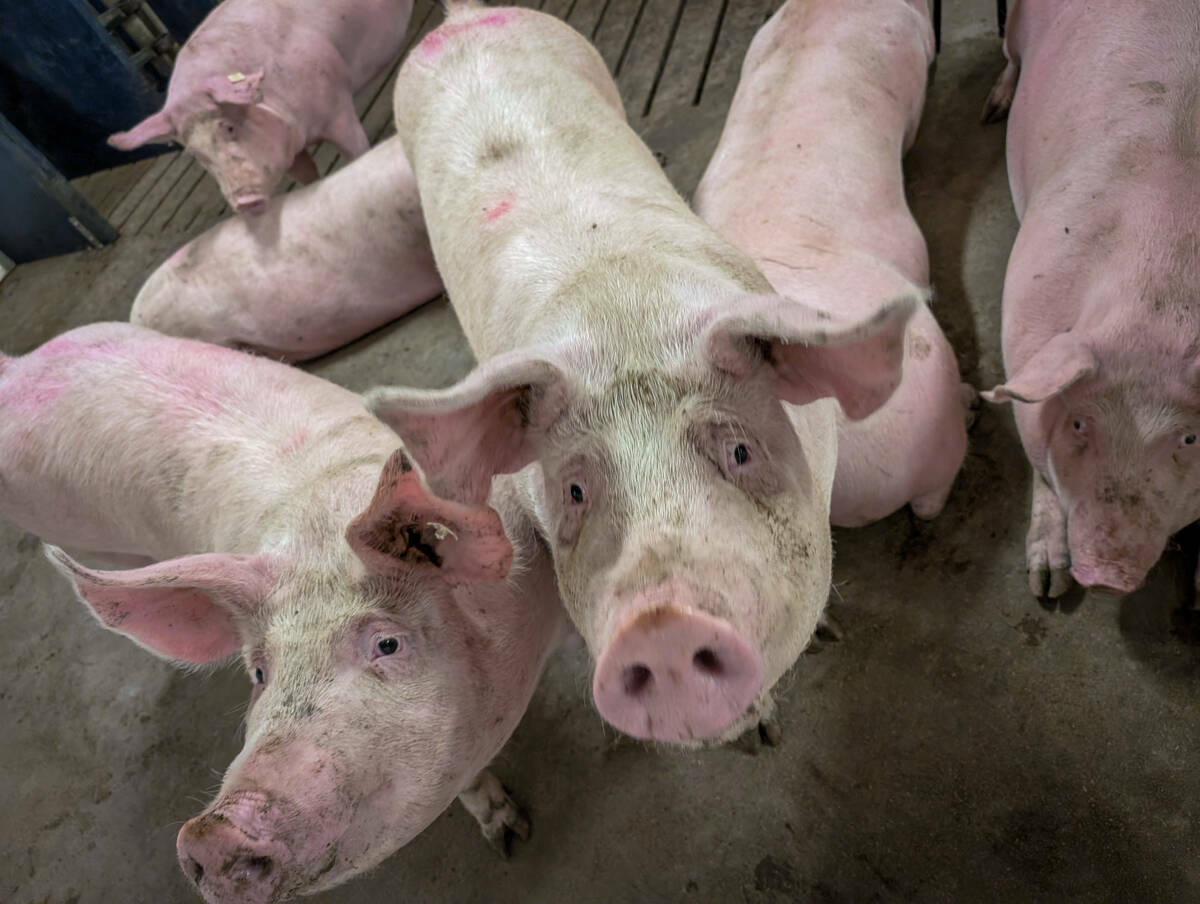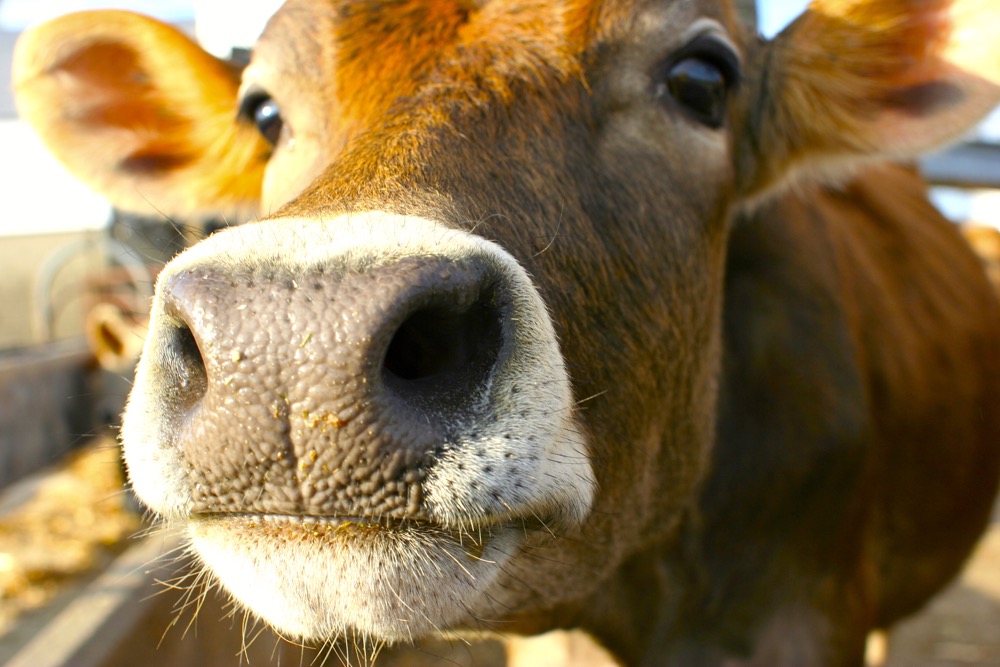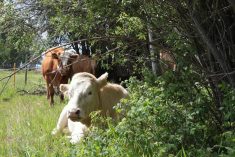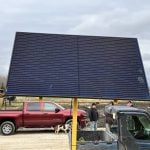They say the only constant is change, and one only has to think back on how we used to do things to see the great changes that have happened in the cattle industry.
Advancements in technology, vaccines, reproductive technologies, nutrition, handling, production genetics and animal welfare are abundant. I think most of these changes have been positive and, above all, those behind them have considered that wide-scale adoption requires changes to be practical, easy to implement, cost-effective and effective overall.
It is a high bar but even a minor change in morbidity, weight gain or improvement in animal welfare can make huge strides in consumer acceptance, profitability and the immeasurable feel-good factor that happens with good cattle production.
Read Also

Ottawa pauses update on food from cloned livestock
Health Canada has indefinitely suspended a proposed update to the novel food policy governing foods derived from cloned cattle and swine, as well as their progeny.
Although a huge investment, I recommend a hydraulic chute to help with labour, handling, animal welfare and retention of people if cattle numbers reach 200 to 250 cows. You’ll be able to process when you need to, and not end up with everyone worn out and mad by the end of the day.
A tub and alleyway leading to the chute are necessary, but the chute itself is the key. Once you get one, you will never go back. It is also kinder to your veterinarian and most veterinarians I know will vie for the right to go to your place.
I don’t know why, but the producers with hydraulic chutes became my best customers. We could get a lot more done, and more easily. Cattle are held tighter, treatments and vaccinations are given quicker and bull evaluations are much easier to do. There is no stress on the producer, the veterinarian and, most importantly, the bull.
Another positive change is new taggers that have a smaller jaw and more leveraged handles. They are easier to use for those with smaller hands, and with more women in animal health and cattle production, this is important. You can also get OB gloves with small hands and this makes it easier for calving, palpation and AI. There is nothing more frustrating than using a glove that is too large for your hand.
I know pharmaceutical companies are always coming up with new vaccines but with more vaccinations now getting combined and more new technology on the intranasal front, these may have more of a place, especially with young calves.
I think some who are longer in the tooth shy away from intranasal vaccines because we remember the old days of giving IBR to cows to prevent abortions. Young cattle are inquisitive, which makes intranasal vaccines easier to administer and, of course, neck restraints on head chutes make application on mature animals much easier too.
Intranasal vaccines also bypass the blocking effect of colostrum that occurs when we use injectable vaccines. If vaccinating, try to use the smallest gauge and shortest needle to properly complete the task. There is lots of information on proper needle sizes.
Vaccinations are a huge part of biosecurity on our farms and ranches, so we should welcome research and vaccine technology that helps prevent disease.
Companies and researchers are beginning to tackle vaccines for the more difficult diseases, such as mycoplasma, Johne’s disease in cattle and malignant catarrhal fever in bison.
We are always talking about herd immunity, so we strive to get the efficacy to 80 per cent or more. Some vaccines, like the clostridials, are closer to 100 per cent so it blows my mind when I see vaccination rates as low as 60 per cent.
I have heard many reasons given for this, but it runs counter to the advice constantly given by veterinarians. When buying cattle, always ask about the vaccination status.
When it comes to vaccination, we should all have a list of required vaccines and then fit the timing as best we can into our management stream.
Take advantage when putting cattle through the chute for other procedures. Always ask yourself, ‘Is there something I need to vaccinate for?’ And don’t forget about the bulls.
Some producers need better handling facilities and mobile processing crews may be the answer.
We must also remember proper handling and storage of vaccines. You pay good money for vaccines, so look after storage, handling and administration. Mix modified live vaccine as you need it so you use it within an hour. Don’t administer vaccines too close together and don’t mix up the syringes.
Trust that these vaccines will work, but just like our COVID vaccines, they may reduce severity of the disease but won’t work 100 per cent of the time.
Let’s encourage other producers to vaccinate and keep the herd healthy by reducing disease incidence. The low adoption rates in the cow-calf sector still surprise me. Raising the adoption rate will benefit everyone, from the cow-calf sector (both commercial and purebred) to the backgrounders and feedlots. Let’s work together to make this happen.
















